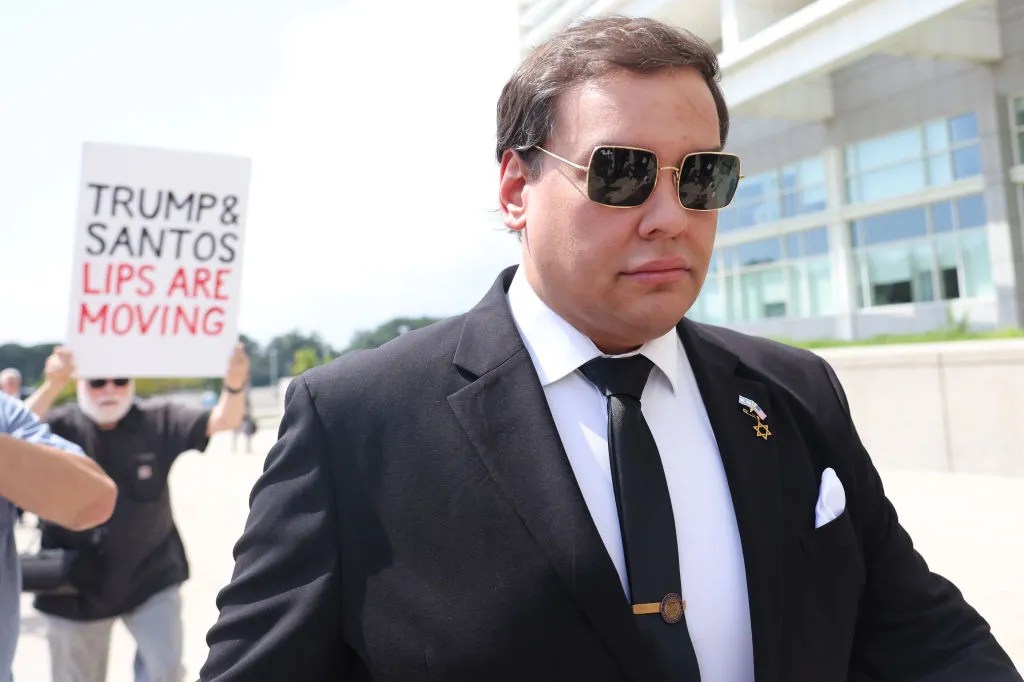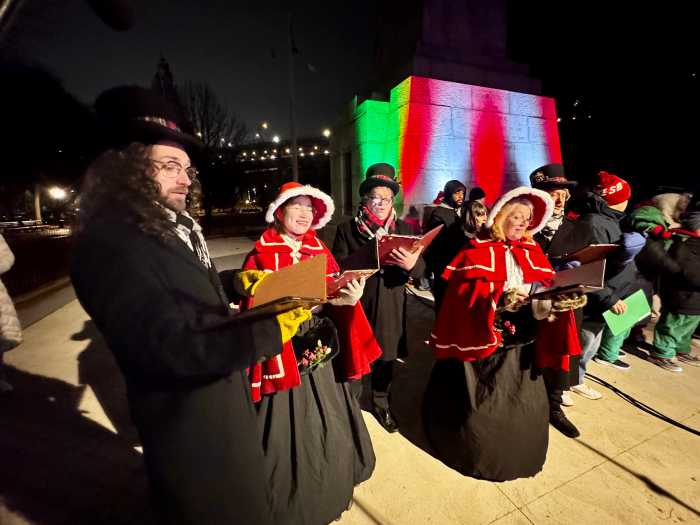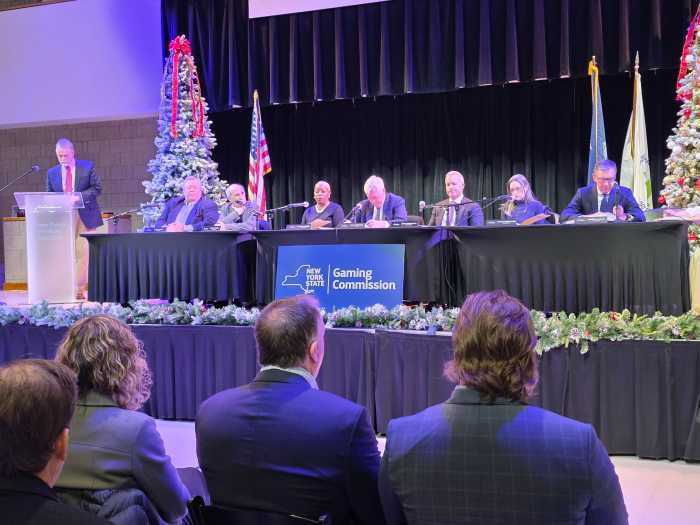On Jan. 20, 2021, after taking the oath of office, President Joe Biden returned to the White House and began signing executive orders. At the top of his stack was EO 13988, titled “Preventing and Combating Discrimination on the Basis of Gender Identity or Sexual Orientation.” Exactly four years later, after taking the oath of office on Jan. 20, 2025, President Donald J. Trump turned to the stack of executive orders prepared by his staff and started signing. It is no coincidence that this stack included an executive order “rescinding” a list of Joe Biden’s Executive Orders, and top of the list was EO 13988.
But that’s not all. President Biden issued several executive orders dealing with LGBTQ rights issues during his administration. In his first day back in office, President Trump rescinded all of them.
He rescinded EO 14004, signed by Biden on Jan. 25, 2021, which had put an end to Trump’s ban on military service by transgender people. There seems little doubt, based on his campaign statments, that Trump intends to revive that ban.
He rescinded EO 14020, which established a White House Gender Policy Council. He rescinded EO 14021, which applied the reasoning of the Supreme Court’s Bostock decision (which held that discrimination because of sexual orientation or transgender status is discrimination because of sex under Title VII of the Civil Rights Act of 1964) to Title IX of the Education Amendments of 1972, which provide that educational institutions not discriminate on the basis of sex. EO 14021 was titled “Guaranteeing an Educational Environment Free from Discrimination on the Basis of Sex, including Sexual Orientation or Gender Identity,” now rescinded by Trump.
He also rescinded EO 14035, signed by Biden on June 25, 2021, which established a policy of Diversity, Equity, Inclusion and Accessibility for the federal workforce, and EO 14075 of June 15, 2022, titled “Advancing Equality for Lesbian, Gay, Bisexual, Transgender, Queer, and Intersex Individuals.”
Trump also issued a list of his “America First Priorities,” which include: “The President will establish male and female as biological reality and protect women from radical gender ideology.”
Trump signed an executive order, not yet numbered, titled “Defending Women From Gender Ideology Extremism and Restoring Biological Truth to the Federal Government.” This executive order clearly intends to erase transgender people from any recognition, notice, or rights under federal law. This executive order adopts definitions of male, men, man, boy, female, women, woman and girl that deny the existence of transgender status by embracing the right-wing meme that “there are only two genders” and that when any federal statute, rule or regulation uses the word “sex” it means biological sex, which is determined by whether an individual’s reproductive system, at the time of conception, will eventually produce a large reproductive cell (egg) or a small reproductive cell (sperm).
The effects of this executive order, if not blocked in the courts, can be far-reaching. Trump is directing all federal agencies to purge anything that has to do with transgender status or rights from their rules and regulations, and he will call on Congress to pass a statute implanting these definitions in federal statutory law. Even a Senate filibuster by the large Democratic minority may not be capable of blocking this, since the Republicans in Congress are talking about placing as many of Trump’s priorities as possible into a huge “reconciliation” bill that would only need a majority to pass the Senate.
Trump is directing the Education Department to issue new guidance to educational institutions reversing the guidance provided by the Obama and Biden administrations and ending policies under which transgender students had a right to be called by their preferred name and referred to with their preferred pronouns. The Biden Administration never took the step of affirmatively interpreting Title IX to require schools to let transgender women and girls compete in sports consistent with their gender identities, but some schools have adopted that policy. Under Trump’s executive order, it is likely those policies will have to be abandoned if the schools want to keep getting federal funding.

Trump is also directing the State and Homeland Security Departments and the Office of Personnel Management to “implement changes to require that government-issued identification documents, including passports, visas, and Global Entry cards, accurately reflect the holder’s sex” as defined in this executive order, and that “applicable personnel records accurately report Federal employees’ sex” as defined in the EO.
He describes “gender ideology” as “an ever-shifting concept of self-assessed gender identity, permitting the false claim that males can identify as and thus become women and vice versa, and requiring all institutions of society to regard this false claim as true.” He asserts that gender identity “reflects a fully internal and subjective sense of self, disconnected from biological reality and sex and existing on an infinite continuum, that does not provide a meaningful basis for identification and cannot be recognized as a replacement of sex.”
Under this executive order, federal laws that have begun to be interpreted as protecting transgender people from discrimination will no longer do so, at least so far as the federal agencies that enforce those laws are concerned.
However, this executive order, like many of those rushed out by Trump during his first days in office back in 2017, will encounter a firestorm of litigation, and some of them should be blocked by the courts, because the president’s ability to set federal policy is limited by the structure of our government, as the Supreme Court has been reminding us in recent years when it overturns agency regulations under its “major questions” doctrine. Congress, not the President, is the lawmaking branch of the federal government, and the court has stymied attempts by federal agencies to establish policies that are not clearly supported by statutes passed by Congress. The president’s role in this scheme is to “execute” the laws, which necessarily involves some interpretation, but does not give the president the power to overturn established court interpretations or to cross lines deriving from the Constitution’s guarantees of individual liberty.
Of course, the hope that the courts will strike down the more extreme of Trump’s executive orders, or at least narrow their force, runs up against the fact that Trump placed several hundred judges on the federal bench, all carefully vetted to be “reliable conservatives,” many of them of the MAGA persuasion. That doesn’t guarantee a particular outcome in every case, as Trump’s first Supreme Court appointee, Neil Gorsuch, showed when he wrote the Bostock decision to the great consternation of the Trump White House and Justice Department. But most of the time Trump’s appointees have proved hostile to civil rights claims by LGBTQ litigants, and very ready to find protection for religious objectors to LGBTQ rights.
Trump took other anti-LGBTQ actions on “Day One” when he dismantled the asylum and refugee system. His anti-trans executive order will adversely affect transgender and gender non-conforming people who are incarcerated in the US Bureau of Prisons, and who will possibly be deprived of continuing gender-affirming care. It will adversely affect homeless trans people seeking shelter from facilities that receive federal funding. Other actions may adversely affect trans people seeking gender-affirming care under Medicaid and Medicare, since Trump has ordered that no federal funds be used to pay for such care, despite a growing body of federal court decisions requiring that it be covered under those programs.
The Supreme Court has granted review in several cases that may bring into question the extent to which the Constitution may limit the ability of Trump or Congress to adopt policies that adversely affect LGBTQ people, but given the current ideological and political bent of the court’s majority, it is questionable that those opinions will be supportive of LGBTQ rights, especially in light of the court’s exaggerated expansion of the religious liberty claims of those who want to discriminate.
The ramifications seem endless. The LGBTQ community has a big task ahead, and supporting the organizations that are now mobilizing to do battle assumes renewed importance.





































